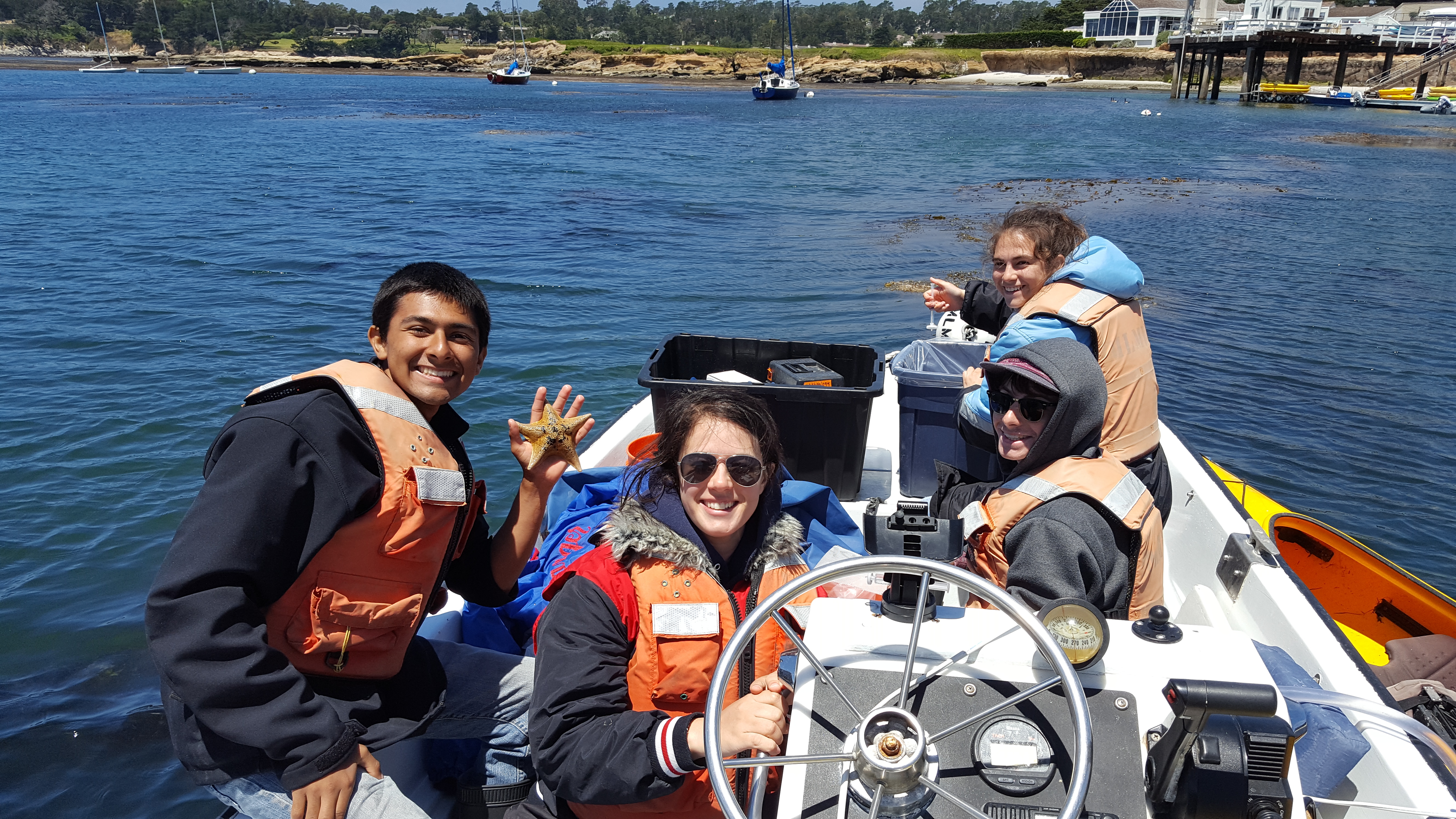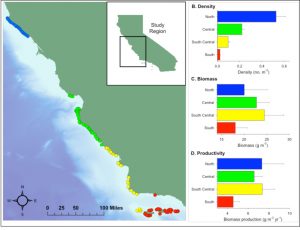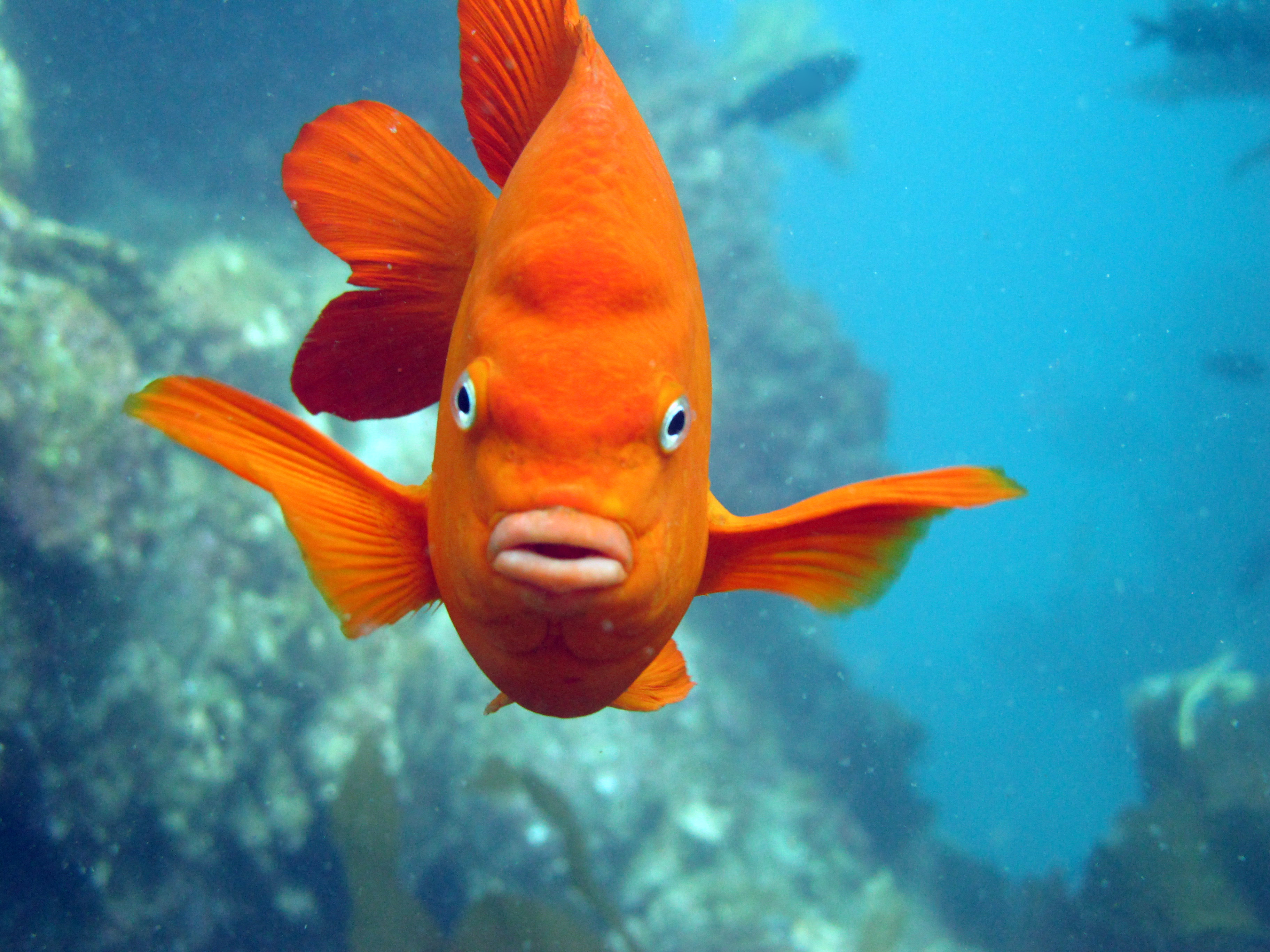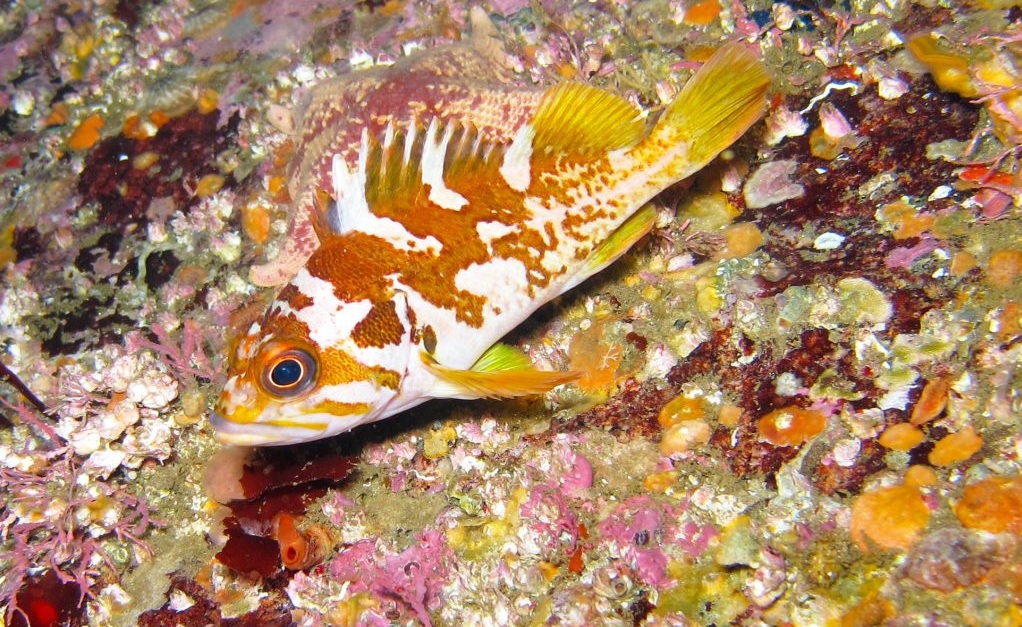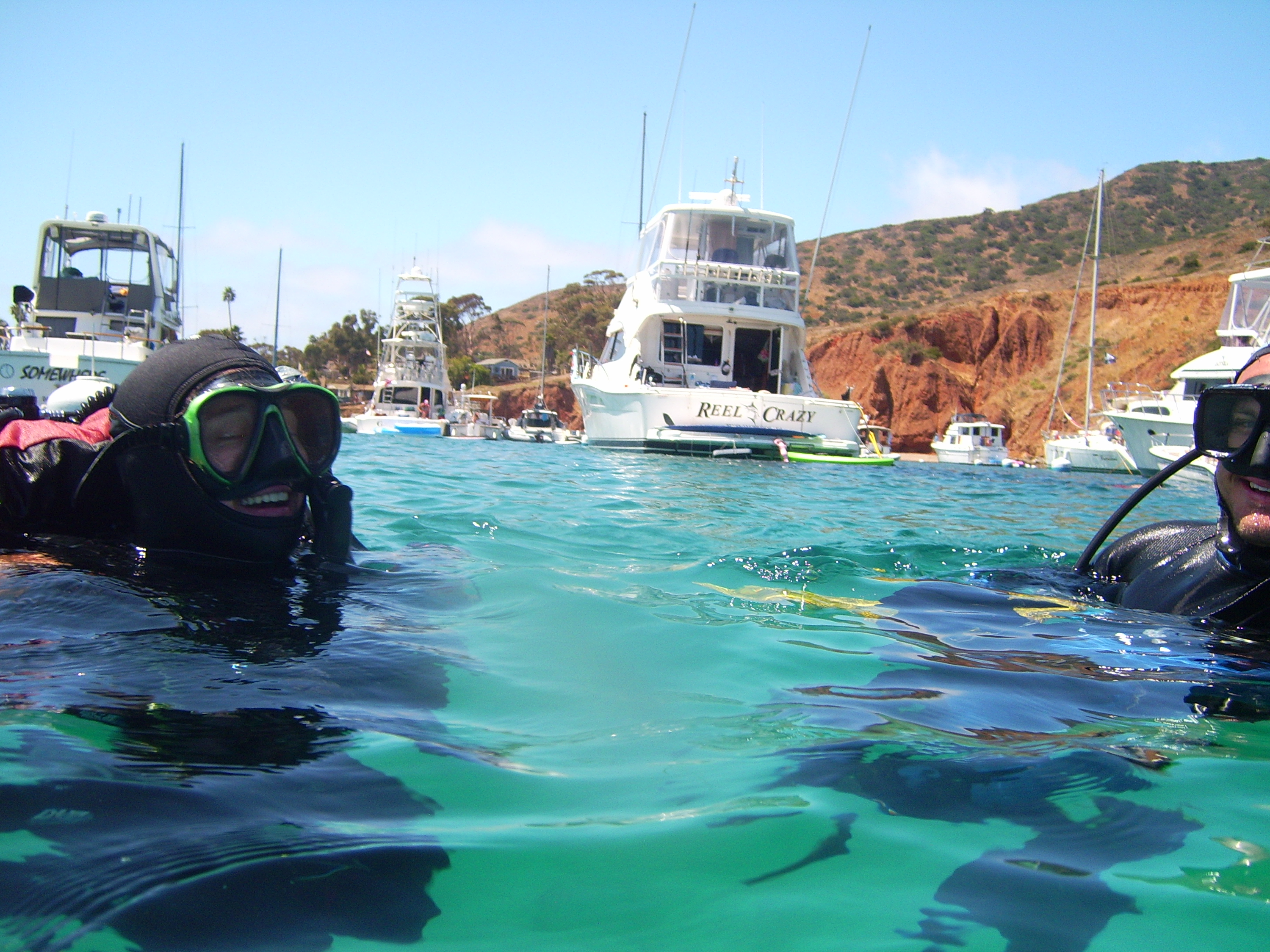Community and Ecosystem Processes
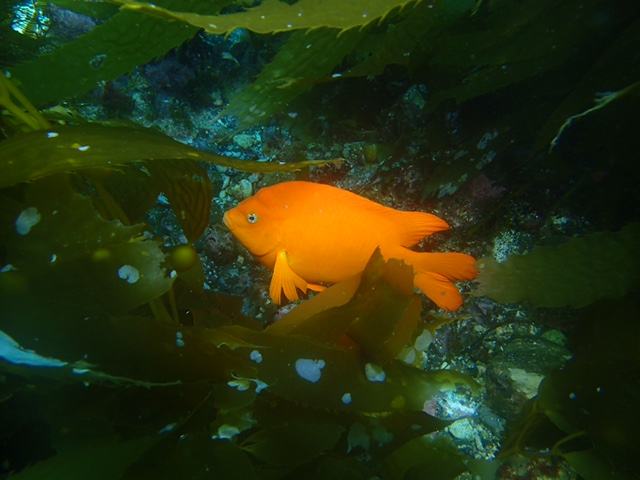
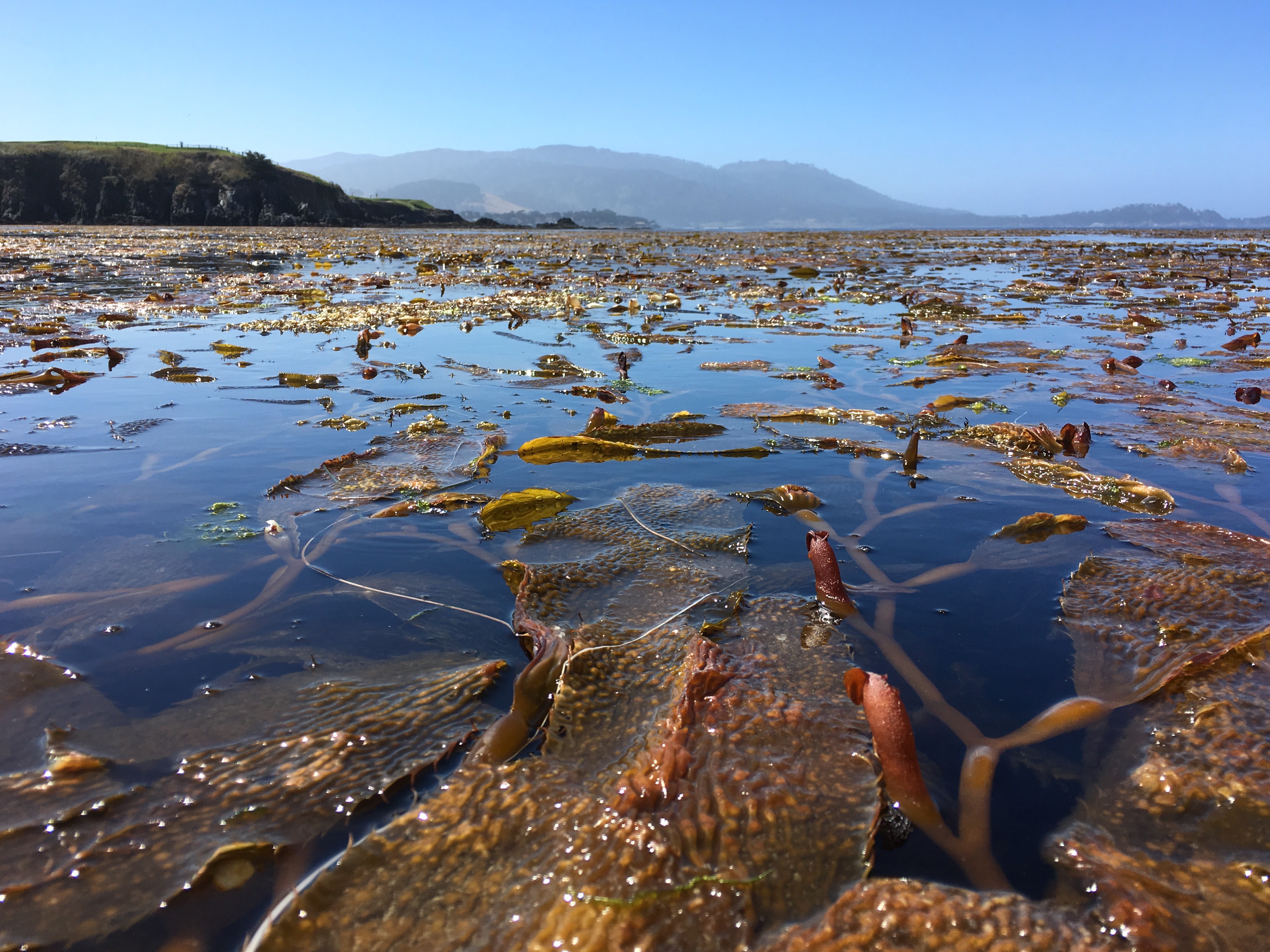
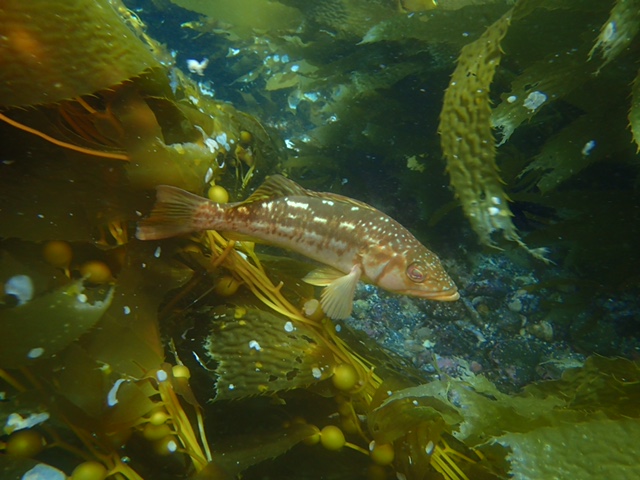
We are interested in studying important ecological processes at the community and ecosystem levels to better understand the role of fishes in kelp forest and nearshore rocky reef habitats. Current projects include studies of spatial variation in community secondary production of fishes along the coast of California and examination of the role of fishes in nutrient cycling in kelp forest habitats.
Fish community secondary production: a new metric for assessing ecosystem health
Biomass production (i.e., the rate of biomass production per unit time) is a composite measure of density, biomass, and growth for a population. This metric is commonly used in single-species stock assessments for fisheries management, because it is one of the best indicators of fish productive capacity; a vital measure for predicting sustainable yield . However, to date scientists have rarely attempted to estimate productivity at the whole assemblage- or community-level for nearshore rocky habitats, including targeted and non-targeted (i.e., non-fishery) species. The whole community approach to characterizing population biomass trajectories is desperately needed to better align stock assessments with an ecosystem-based management framework.
Community secondary production can thus infer much about an ecosystem, including its health. A valuable measure for resource managers and policymakers. This project involves using an extensive dataset of fish observations and lengths collected via SCUBA surveys. Growth parameters gleaned from the literature or calculated from collected samples are used to convert fish lengths into production. Secondary community production can then be compared along the coast. We hope that this provides resource managers with an additional metric to use when determine health of kelp forest ecosystems in our local waters.
The primary objectives of the research are:
- To assemble a database of life history parameters for common nearshore rocky reef fishes in California;
- To develop analytical techniques to calculate community secondary production (including error propagation) by combining data on density and size structure from visual surveys with life history growth parameters from the literature;
- To compare changes in fish community secondary production across space and through time by evaluating the environmental, geological, ecological, and management-level drivers of fish productivity along the California coast;
- To evaluate the performance of community secondary production as a metric of ecosystem health, compared to traditional metrics (i.e., total fish density or community biomass).
This work forms the Master's thesis of Heather Kramp.
Nutrient cycling in kelp forests: the role of excretion by the fish community
How important is nutrient excretion by fishes in kelp forests for supporting the growth of habitat-forming kelps, relative to the pool of inorganic nutrients that are readily available due to processes such as upwelling? We do not know the magnitude of nutrients excreted and recycled by a complete fish assemblage in a kelp forest, how the rates and fluxes of nutrient production by fishes compare to the fluxes of inorganic nutrients (nitrate and nitrite), and how variable the rates of community-level nutrient production are along the coast.
The goals of this research is to improve our understanding of the effects of fish-derived nutrients in kelp forest systems along the California coast by: (1) making empirical measures of community-level nutrient supply and (2) through synthetic analyses modeling nutrient supply to kelp forests across large biogeographic scales, testing how different environmental variables may explain spatial variability in community-level excretion rates.
Our field experiments will test the following general hypotheses:
H1: Rates of nutrient production (nitrogen [N] and phosphorous P]) through fish excretion will increase with fish size and will depend on the functional role (e.g., herbivore, planktivore, carnivore) played by that species in kelp forests.
H2: Community-level nutrient production rates will differ spatially along the California coast, reflecting the trophic structure and species composition of the overlying fish assemblage, and local environmental conditions.
H3: Water column nutrient concentrations will be poorly related to estimates of community-level N and P supply by fishes, due to rapid utilization of excreted nutrients by benthic organisms. However, growth rates, storage, and nutrient content of macroalgae will be positively correlated with nutrient supply.
This work forms the Master's thesis of June Shrestha.
